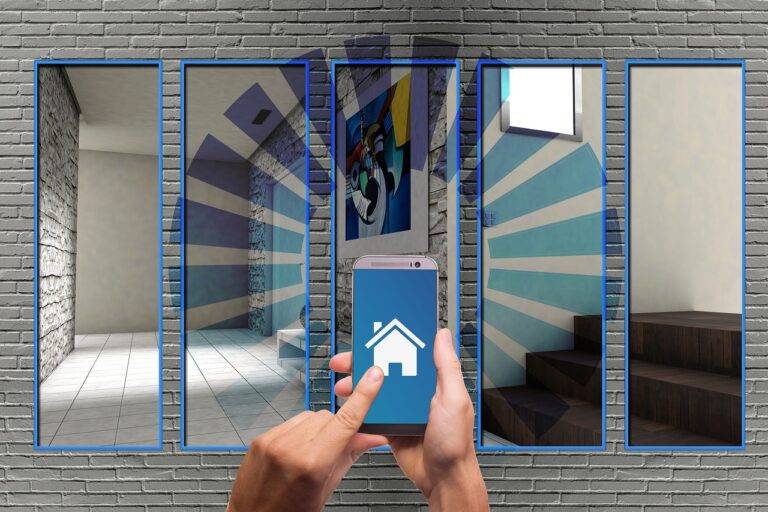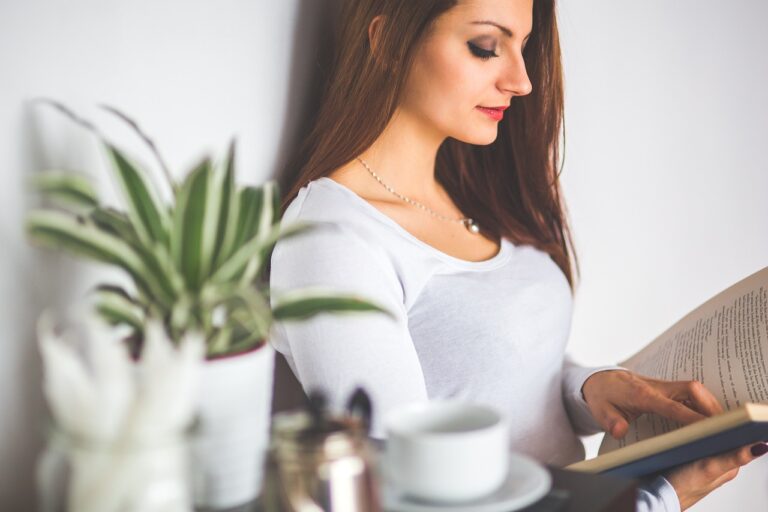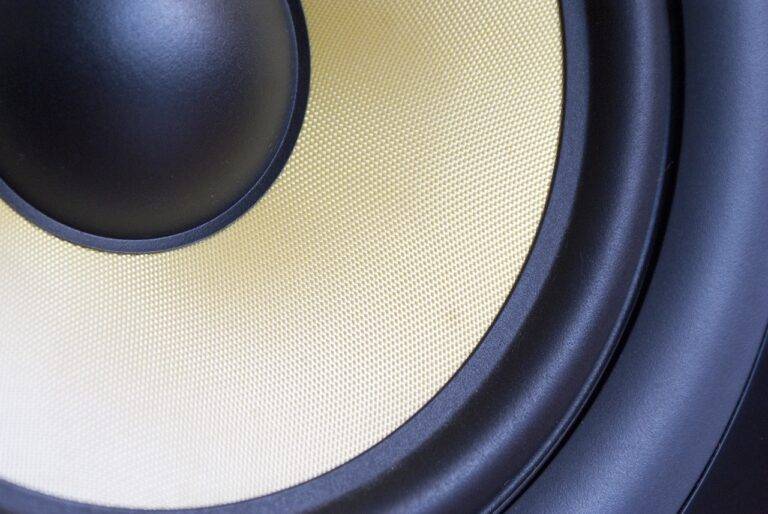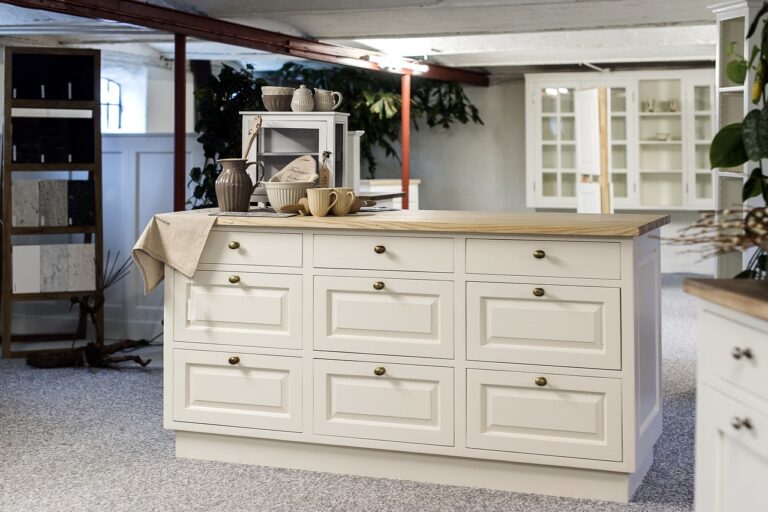The Psychology of Home Design: How Spaces Impact Mood and Well-being
Color choices in home design play a crucial role in influencing our emotions and overall well-being. Different colors have the power to evoke specific feelings and moods within a space. For instance, warm tones like red and yellow are often associated with energy and passion, while cool tones like blue and green can promote calmness and relaxation.
The psychological impact of color extends beyond just aesthetics, as it can also affect our productivity and concentration levels. For example, incorporating shades of green in a workspace can enhance focus and creativity, making it an ideal choice for home offices. Understanding the emotional responses that different colors elicit can help homeowners create environments that support their desired atmosphere and promote a sense of harmony within their living spaces.
• Red and yellow are associated with energy and passion
• Blue and green promote calmness and relaxation
• Green can enhance focus and creativity in a workspace
• Different colors elicit emotional responses that can influence productivity and concentration levels
The Influence of Lighting on Mood and Well-being in Living Spaces
Good lighting in living spaces plays a crucial role in influencing our mood and overall well-being. Natural light is known to positively impact our circadian rhythm, which regulates our sleep-wake cycle and can help improve our mood and productivity. On the other hand, harsh or dim lighting can lead to feelings of fatigue and even contribute to symptoms of depression and anxiety.
In addition to natural light, the type and placement of artificial lighting in a space can also affect how we feel. Bright, cool-toned lights can create a more energetic and stimulating environment, while warm, soft lighting can promote relaxation and coziness. It’s important to consider the function of each room when choosing lighting, as well as the activities that will take place in that space.
The Impact of Furniture Arrangement on Psychological Comfort
The way furniture is arranged in a living space can significantly impact psychological comfort. By strategically placing furniture, one can create a sense of balance and harmony in the room. For example, arranging seating in a circular formation promotes conversation and connection among individuals, fostering a sense of community and warmth in the space.
Moreover, the placement of furniture can also affect the flow of energy in a room. Cluttered and crowded arrangements can lead to feelings of chaos and disorganization, increasing stress levels and affecting mental well-being. On the other hand, open and spacious arrangements can create a sense of calm and relaxation, promoting a positive and uplifting atmosphere in the living space.
How does the color of furniture impact psychological comfort in a living space?
The color of furniture can influence mood and emotions, with warm colors like red and orange promoting energy and excitement, while cool colors like blue and green can create a sense of calm and relaxation.
What are some tips for arranging furniture to maximize psychological comfort?
Consider the flow of traffic in the room, balance visual weight, and create cozy conversation areas. Avoid blocking natural light and keep pathways clear to promote a sense of openness and ease.
Can lighting play a role in psychological comfort in a living space?
Yes, lighting can significantly impact mood and well-being. Natural light is ideal for promoting a sense of openness and connection to the outdoors, while soft, warm artificial lighting can create a cozy and inviting atmosphere.
How can I create a sense of balance and harmony in my furniture arrangement?
Use a mix of furniture shapes and sizes to create visual interest and balance. Avoid overcrowding the space and ensure that there is enough room for movement and circulation. Experiment with different layouts to find what feels most comfortable and inviting to you.







